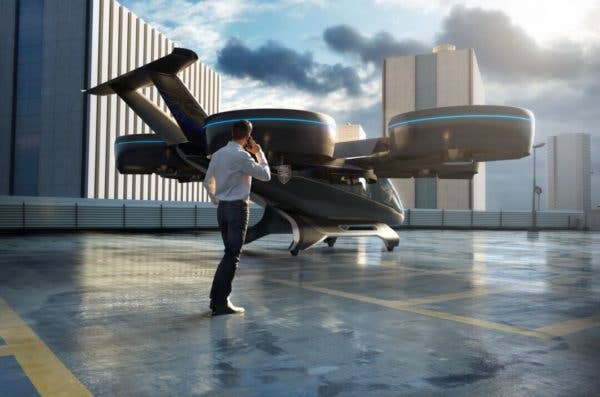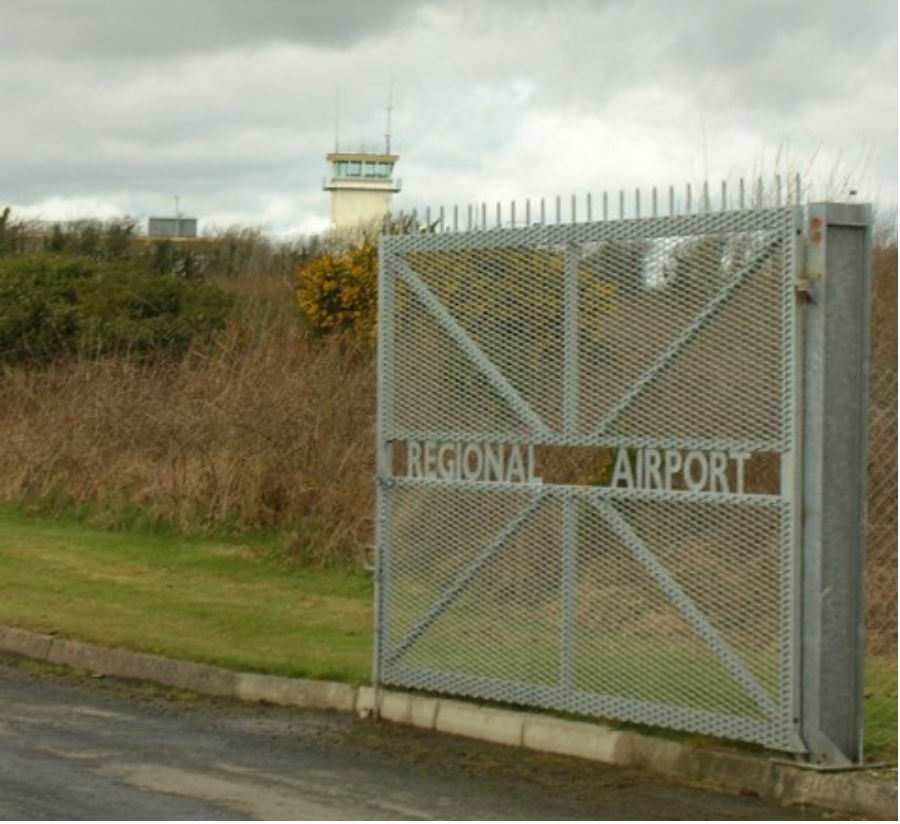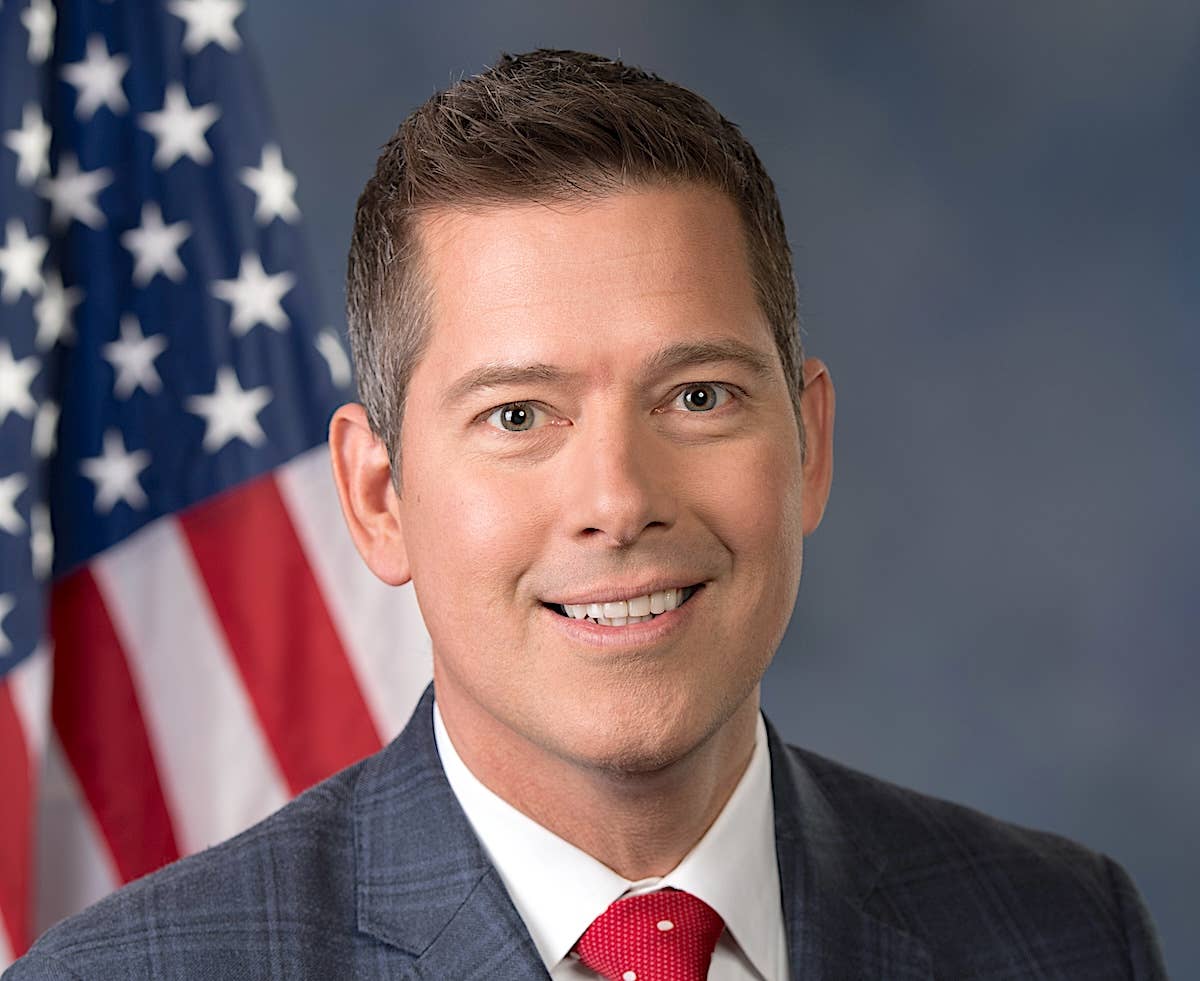Planes Or Trains? For City Trips, Rails Make More Sense
Yeah, I’m an airplane guy all right. But facing a choice of a train or a swarm of eVTOLs for a city trip, I think I’d prefer the train.

If you want to put your airplane/avionics/service/gizmo or gadget on the map, sooner or later you’ll have to show it at AirVenture. So this year, Oshkosh will get an eVTOL terminal as a demonstration project and, presumably, eventual working infrastructure. I wouldn’t expect it to be much more than a building and a charging facility, but that’s what eVTOL infrastructure is. So be it. Volatus Infrastructure is building the $500,000 project in anticipation of the aircraft and customers becoming available soon.
I like this kind of forward thinking. It will allow people to see what the emerging new world of electric aircraft might look like rather just reading the press-release derived news stories and fantastical market claims. That said, Volatus may be a little ahead of itself. The company’s announcement said “eight months from now, these vehicles will be available for purchase by anyone anywhere in the world.” Excuse me, but I don’t think so. I don’t see any certification projects that are nearly that close to delivering nor have I seen any experimental/amateur built activity in this space. That’s not the same as saying it won’t happen; it will. Just not that fast. Let’s just give the hype a rest, please.
We also reported that Volocopter has settled on the conforming version of its eVTOL and plans to use it as a technology demonstrator at the Paris Olympics in 2024. This news kind of kicked me off the ledge. For months, I’ve been reading about these eVTOLs, the various configurations and claimed capabilities and thinking two things: One, there are just too many of them to imagine that anything but a giant shakeout is inevitable. Second, related to that, is that the Urban Air Mobility concept supposed to sustain all these machines is looking, if not wrong, then not right, either.
I’m convinced some of these aircraft will be certified. Joby appears to lead the pack with a competent design and generous funding, but there are others such as Archer, Lilium, Beta and Kitty Hawk. Until certification is further along, it’s difficult to judge the competence of these designs. I’m willing to stipulate they’ll clear the hurdles. Market acceptance and practicality is another matter.
None of the coverage I’ve read or events I’ve covered seems to question that UAM is the coming wave. It’s just assumed that it will coalesce around aircraft capability. I’m a deep skeptic of this belief. I’m an airplane guy and I’m supposed to be enthusiastic about all things aviation, but increasingly, I’m wondering exactly what problem UAM is supposed to solve.
The two leading answers are congestion and climate change. But consider Joby’s stated idea of a network that would deliver a passenger to the vertiport in one car and pick him or her up at the destination vertiport in another car. So you’ve already doubled the cars required, even if you have eliminated the longest portion of the drive into the city. Let’s say they’re electric cars, so their carbon budget is minimal. They still take up space.
Just for Los Angeles alone, Joby envisions thousands of such flights a day. If it reaches stated capacity, you wouldn’t be able to look up and not see an eVTOL buzzing somewhere. Maybe a lot of them. The emerging industry claims it has addressed the noise issue, but I’ll believe it when I hear it. I just think it’s weak public policy to try to solve congestion with a boatload of additional, small-capacity vehicles even if they operate in the vertical dimension.
I think as cities confront the planning decisions to bring UAM online, some will conclude there’s a better way: Trains. Yes, trains. UAM advocates say trains—subways, light rail or elevated light rail—are too infrastructure intensive to be realistic. But I think if cities want to solve their congestion issues and lower emissions, they’ll arrive at some combination of taxing or prohibiting personal vehicles, investment in light rail and policies that take advantage of the reduction in commuter volume forced upon us by the pandemic. Do all those people really need to get into the city daily? Maybe they’d really rather work from home. Or go twice a week. This is low hanging fruit compared to a network of thousands of eVTOLs.
Mass transit is both more energy efficient, less polluting and accessible than UAM will be, and a good system would allow the rider who has to go 12 or 20 blocks an option that eVTOLs probably never will. Yes, even light rail is expensive, but if cities want to seriously commit to less congestion and lower emissions, I think it’s going to take the political will to invest in multi-decade urban rail systems for the backbone of intracity transportation. Then everything else just fills in the gaps, including UAM. Directionally, if congestion and climate change are worries, fewer vehicles carrying more people makes more sense than many vehicles carrying fewer.
In my view, having some UAM routes from suburbs into city centers will find a place, if the business models can work without the kind of massive numbers Joby envisions. In this gauzily optimistic analysis, Roland Berger predicts that by 2050, a global fleet of 160,000 eVTOLs will generate $90 billion in revenues by 2050. And I predict that far short of that, if there are any sober journalists left, they’ll be writing stories explaining why UAM is a much smaller industry than anyone expected. But say this: By then, battery limitations won’t be the issue they are now.
So where does UAM fit? In my view it will have a place because the vehicles are just too capable to not find application. Joby’s proposal, for instance, provides for intercity routes out to about 100 miles—say Los Angeles to Palm Springs. This strikes me as perfect for an eVTOL because the route density wouldn’t support trains, it’s a long slog in a personal car and too short for airline service.
At AirVenture, maybe an eVTOL service could eventually whisk passengers from Appleton to the show bus terminal. That would, I admit, be kinda cool. Just don’t expect me to get excited by an airshow of multi-rotors whirring by.






